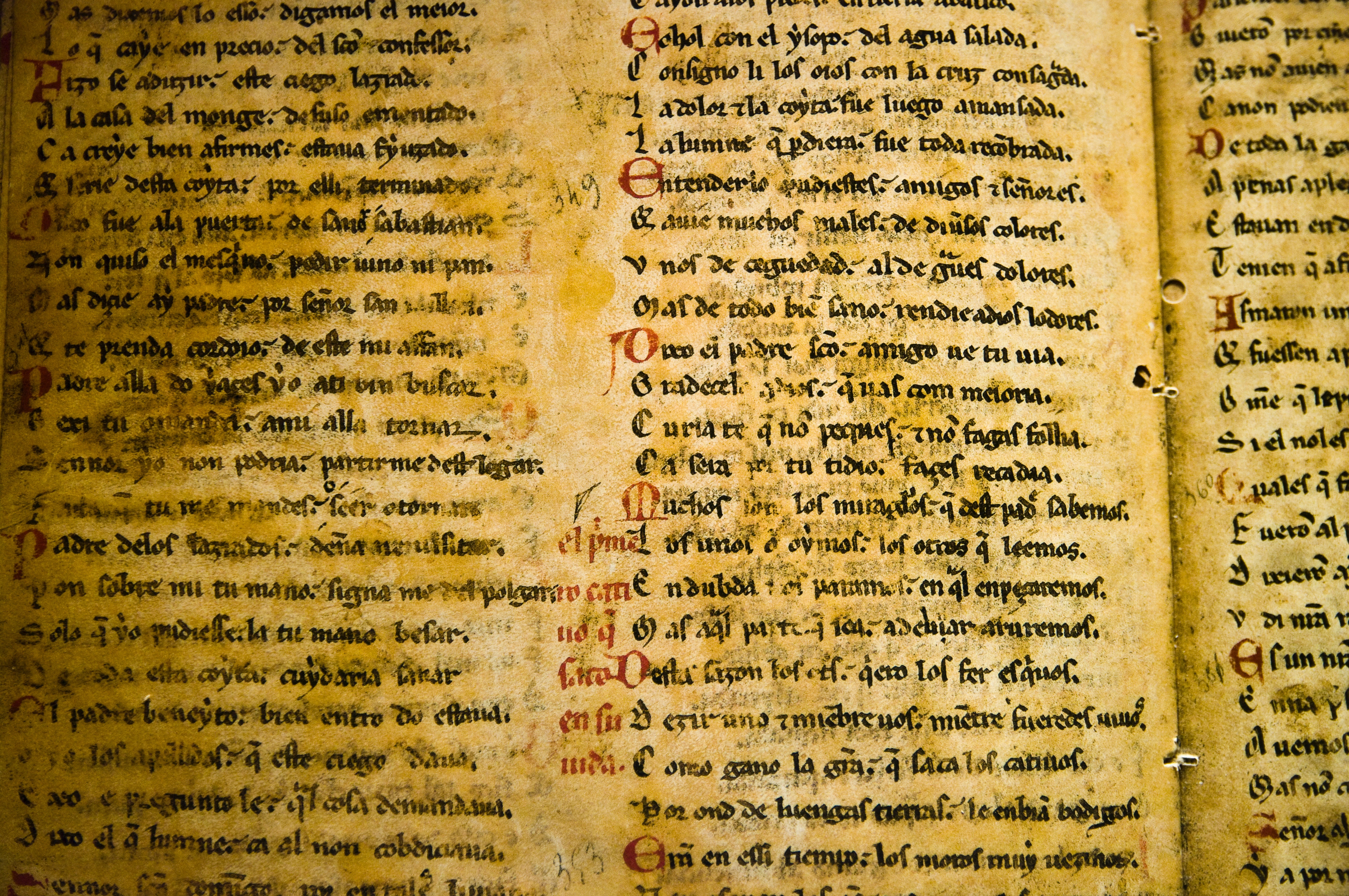The Middle Ages or Medieval times is a period in the history of mankind that was between the 5th and the 15th century. It is the time when wars were intertwined with efforts to build strong communities and education differed greatly from the modern one.
At the same time, that period has created the educational basis and some of the principles that were characteristic of education in those distant years are still used by us nowadays.
Let’s see how education during medieval period looked like and how it has influenced the modern educational process. Here are several interesting facts.
- The education was absolutely religious
In comparison with the time of Roman Empire education during the first centuries of the medieval time was in a decay as fighting skills were considered more important. However, the impact of other cultures still reminded of the importance of knowledge and the educational system has been taken under control by the Church. Schools established by pagans were closed and the responsibility for teaching appeared to be in the hands of the representatives of religion. - Only wealthy people could afford to study
The religious representatives taught predominantly people of upper-class society. That happened mainly because it was costly as the fees were rather high, books were very difficult to obtain, extremely expensive and teaching serfs came out of the rules of feudalism as the task of both serfs and peasants was to serve the representatives of the upper class. They had to put much effort to earn their living so kids were taught to work since their childhood. - Only Upper-class women could study but according to the limited course
It goes without saying that all schools and universities founded in the Middle Ages were created for boys. Only wealthy males could attend schools, but upper-class women were also not left uneducated. They could not visit educational institutions but were taught at home. These were preferable literate courses like writing and reading as well as rules how to keep household successfully. Women were not allowed to learn other disciplines as their main life purpose was to serve their husbands and organize the household well. - The schooling has been divided into 3 main types
The medieval schools have been of 3 main types:- Song schools, where boys were taught to sing religious motives and sometimes they learned reading and writing;
- Monastic schools meant for boys who wished to connect their lives with religion. Sometimes these schools opened doors to boys whose families were very poor, but they had to serve in the cathedral for the opportunity to study;
- Grammar schools that were established on the territory of a church or cathedral and taught boys basic subjects.

- Disciplines learned at schools
As it became obvious from the previous paragraph only in grammar schools boys were learning different subjects. The most important subjects were Latin language and grammar, rhetoric, logic and the basics of math and science. They learned astrology and philosophy as well.
All the lessons were prepared on the basis of Roman and Germanic sources as well as the absence of proofs made education focused on superstitions and beliefs. There were practical lessons with hunters, trappers and others too. - Studying had its peculiarities
Apart from being religious and meant for boys education in the Middle Ages had several distinguishing features:- Boys were sitting on the floor during lessons;
- They were writing with a bone or ivory stylus on wooden blocks covered with wax;
- When a boy reached 14-15 years he was announced to be a scholar and continue studying at the higher educational establishment managed by bishops;
- Lessons lasted from the early morning until sunset;
- Students were punished for mistakes with a birch;
- They had to learn all the material by heart etc.

- Oxford and Cambridge universities were founded
The Middle Ages is a time when two renowned all over the world universities were founded. Both Oxford and Cambridge originate from the 12th century. These institutions were the major learning centers where boys could come for advanced studying.
The system of higher medieval education was similar to modern one and that is the time it originates from. University students could receive a Bachelor of Arts degree if they finish a course called quadrivium. That included the preliminary knowledge of geometry, arithmetics, astronomy, geography, music and natural sciences.
To continue education and receive a Master of Arts degree a student had to choose advanced learning of one of the following subjects: theology, philosophy or medicine. The possession of this degree allowed teaching at the medieval universities. - Education in the medieval Asia was similar to European
Saying ‘similar to European’ it is meant that with the spread of Islam schooling in Asia was also held in mosques or later schools that were a part of mosques. In the Middle East pupils started learning at schools in 622 in Medina. They used to learn reading, religion, writing and universe exploring. In India the first learning centers appeared in the 5th century and they taught the 3 Vedas and 18 accomplishments. During this age many famous Asian educational establishments were founded as well: they are the Academy of Gundishapur, The University of al-Qarawiyyin, the House of Wisdom and many others.
Conclusion
Education in medieval period has made a great leap forward from simple church schools to majestic universities opened during these years. Despite the fact that most of the subjects were taught only mediocre universities have become powerful scientific and research centers that have laid grounds for the further development of science.
Latest posts by Noplag (see all)
- Periodix: intelligent job matching for freelancers | Noplag review - March 30, 2018
- Hard Work VS Talent: Who Beats Whom? - December 15, 2017
- Listening To Music While Doing Homework: Is It A Good Idea? - December 12, 2017

